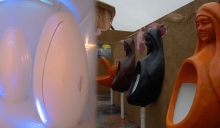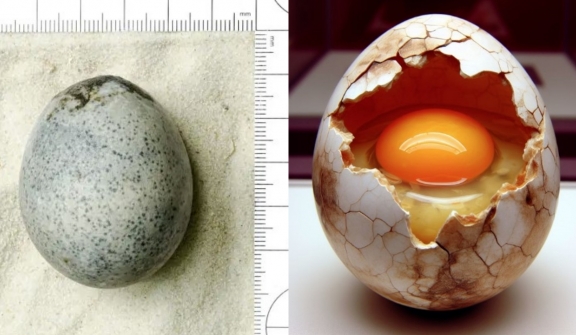
A remarkable archaeological discovery in England has astounded researchers and sparked intrigue worldwide.
The 1,700-year-old ancient Roman egg was found during excavations in Buckinghamshire and was spotted still containing liquid yolk.
This rare discovery offers a fascinating glimpse into the past that encouraged archaeologists eager to unravel its secrets.
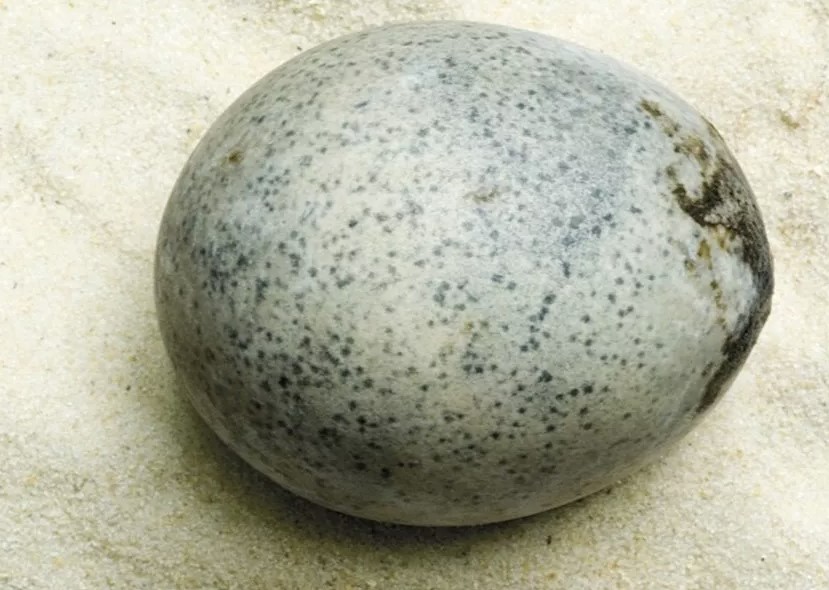
The egg was discovered at a site known as Berryfields during excavations that took place between 2007 and 2016.
The team of archaeologists discovered a large waterlogged pit dating back to Britain's Roman period (A.D. 270 and A.D. 300), which contained various things such as pottery vessels, coins, leather shoes, and a woven basket.
Among these discoveries, the intact egg stood out as a unique and exciting find.
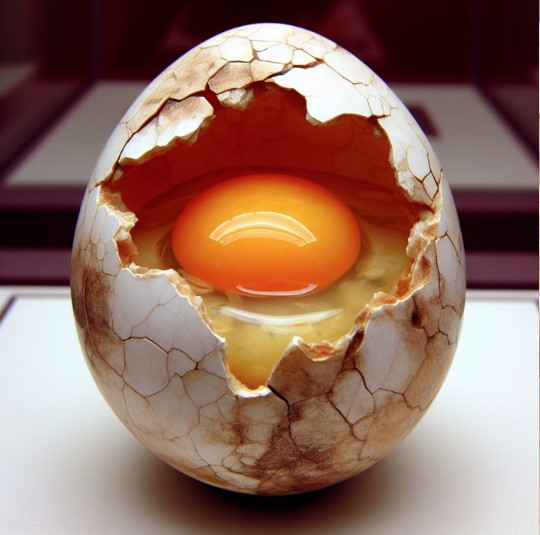
Archaeologists emphasize that this is a unique discovery as the ancient egg remained intact for 1,700 years and preserved the liquid inside it.
The team later carefully retrieved the egg and took it to the University of Kent for analysis.
Micro-CT scanning revealed that the egg still contained liquid, believed to be the remains of the yolk and white.
This is a significant finding because intact Roman-period eggs are extremely rare, with only shell fragments typically found in Britain.
In addition, archaeologists also revealed that the egg was most likely laid by a chicken. However, two other eggs found alongside the intact one broke when exposed to air, releasing a sulfurous liquid.
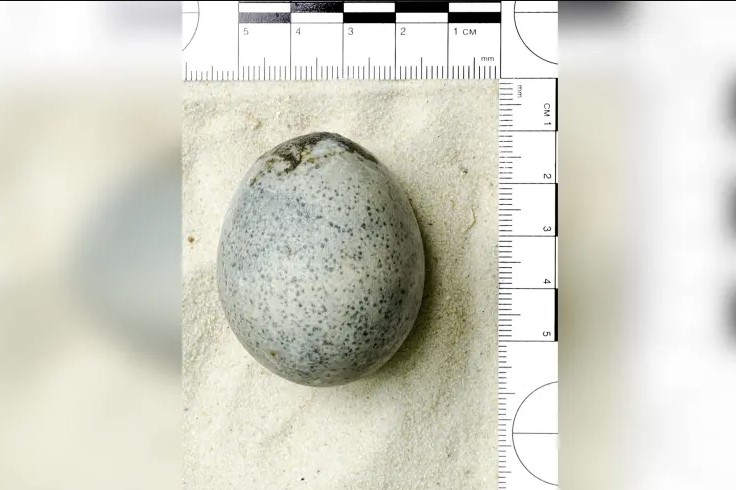
Douglas Russell and Arianna Bernucci, experts in birds' eggs and nests, expressed their excitement at encountering such a unique specimen for the first time.
The egg's preservation can be attributed to the conditions in which it was buried.
The pit was originally used for water extraction, creating anaerobic conditions that inhibited bacterial decay.
The eggs, along with other organic objects like the woven basket, were likely deposited as part of a ritual or funerary ceremony.
A researcher shares discoveries about ancient birds, often only bird bone samples or a few pieces of eggshells remain for research.
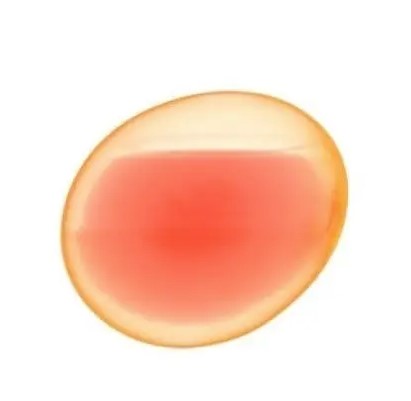
However, the discovery of an intact egg that still contained liquid inside for 1,700 years has opened up further opportunities for research into ancient birds and their surprising preservation conditions.
Archaeologists are currently actively studying the egg to find the whereabouts of the species that laid this ancient egg.
Finding their mother could provide useful information about a new species of bird.
In the early stages of research, scientists suggested that the egg could have been laid by birds and chickens during the Roman era.


